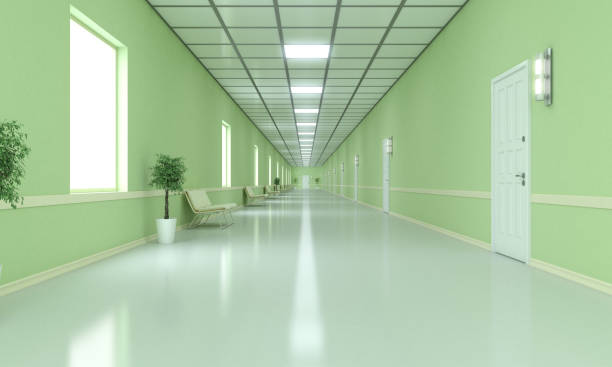


Why repurposed materials are becoming smart, sustainable choices in commercial interior design,and how they support design goals and reduce waste.
Today, commercial interior design is about more than style. Clients want workspaces that not only look modern but also reflect environmental responsibility. One trend gaining serious traction is the use of repurposed materials. From reclaimed wood to salvaged metal and repurposed glass, these materials are showing up in offices, retail spaces, and hospitality interiors across the country.
The appeal isn’t just about aesthetics. Using repurposed materials in commercial spaces supports sustainability, adds character, and often cuts down on costs without compromising quality.
Sustainability is no longer an afterthought in commercial projects. Many businesses now seek certifications like LEED (Leadership in Energy and Environmental Design), which prioritize eco-conscious design practices.
Reduces landfill waste
Minimizes carbon footprint
Enhances brand reputation
Attracts eco-conscious clients and employees
Repurposed materials naturally align with these goals. Their use often brings older materials back to life in ways that meet today’s design demands.
Many commercial designers are finding clever ways to integrate various salvaged elements.
Reclaimed wood: Perfect for accent walls, tables, and exposed beams
Recycled glass: Used in countertops and partitions
Salvaged metal: Found in lighting fixtures, railings, or signage
Upcycled textiles: Great for seating, cushions, and acoustic panels
Each material offers a unique story and texture that gives a project more character.
A common myth is that sustainable means expensive. However, repurposed materials often come at a lower price point than newly manufactured ones.
Lower material costs due to reuse
Less dependency on global supply chains
Reduced production energy costs
Many suppliers now specialize in cleaning, prepping, and certifying repurposed products for commercial use, ensuring both quality and cost-efficiency.
Repurposed materials don’t just save money and help the planet—they also tell a story. A desk made from old barnwood or a feature wall made from reclaimed bricks invites conversation and brand storytelling.
Enhances authenticity
Reflects a company’s values
Makes the space memorable for clients and employees
A thoughtful design using reclaimed elements can become a signature look, giving businesses a competitive visual edge.
Many repurposed materials are incredibly durable—sometimes even more so than new ones. For example, reclaimed hardwood often comes from older buildings where wood was denser and stronger than today’s fast-growth lumber.
Easy to maintain and clean
Often pre-treated for fire and pest resistance
Matches or exceeds performance standards of new materials
This makes repurposed components a smart option for high-traffic environments like offices, showrooms, and cafes.
Using repurposed materials often means sourcing locally. This supports small-scale salvage yards, construction waste processors, and regional artisans.
Cuts down on shipping emissions
Builds relationships with local vendors
Shortens lead times on materials
It also makes projects feel more grounded in their physical and cultural environment, which adds authenticity to the finished space.
As demand grows for creative, sustainable, and affordable commercial spaces, repurposed materials are proving to be a practical solution that checks every box. They reduce environmental impact, support unique design goals, and add meaningful stories to work environments.
Whether you’re building a new workspace or refreshing an existing one, it’s clear that thoughtful design includes smart material choices. And when paired with professional onsite services, these materials offer streamlined installation and performance consistency.
If you’re exploring options for a functional and responsible upgrade, consider the long-term value and visual impact that repurposed materials can bring to your commercial interior design strategy.
